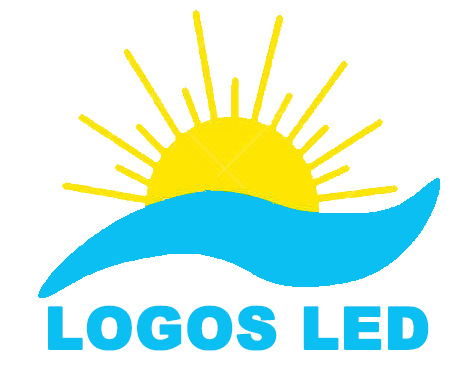What’s Healthy Lighting? Here Are Some Details You Must Know
What’s Healthy Lighting? Here Are Some Details You Must Know
After more than ten years of development, the LED lighting industry has risen from the pursuit of light efficiency, energy-saving and cost to the demand for light quality, health, biosecurity, and light environment. Especially in recent years, the problems of blue light hazards caused by LEDs, human rhythm disorders, and human eye retina damage have gradually become apparent, making the industry aware of the popularity of healthy lighting.
However, the light color is soft, the color temperature is suitable, no radiation, no flicker, less blue light, high color rendering, and natural light, is it healthy lighting if meeting the above conditions? What specific indicators and standards are there for healthy lighting?
In fact, the concept of healthy lighting has not been proposed for a long time, and there are still not many standards related to healthy lighting. In terms of photobiological safety standards, the most famous is IEC62471 and the derived IEC62778, which classifies blue light and checks whether it is safe through specific numerical values between the presence of harm and the low harm.
In addition, there are some application standards that consider visual comfort (light quality): ISO8995-1: 2002 (E) / CIES008 / E: 2001 for indoor workplace lighting, IEEEPAR1789, GB50034 architectural lighting design requirements, etc.
CSA released the Alliance Standard CSA035 based on the human body’s visual physiological function of the health comfort test, which is used to evaluate the effects of lighting products on visual fatigue of the human eye under the optical angle of view-the effects of the axis and corneal refractive power.
In terms of non-visual related technical reports and standards, CIE (International Lighting Commission) and DIN (German Standardization Association) have also proposed corresponding standards:
CIE158-2009 Ocular Lighting Effects on Human Physiology and Behavior
CIE218-2016 Research Road map for Healthful Interior Lighting Applications
DIN DIN SPEC 5031-100-2015 Strahlungsphysik Im Optischen Bereich Und Lichttechnik-Teil 100
DINSPEC67600 Technical Report “Biologically Effective Illumination-Design Guidelines”
If you have any questions about healthy lighting, welcome to contact us directly.

